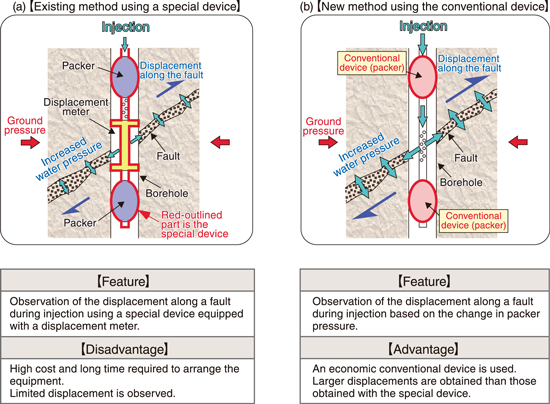
Fig.8-19 Comparison of the existing method using a special device and the new method using a conventional device
In the geological disposal of high-level radioactive waste, it is necessary to consider the possibility that diastrophism or other processes may displace underground faults, thereby increasing the permeability of such faults and affecting the confinement capability of geologic formations. Considering this possibility, an experiment was conducted to displace actual underground faults artificially. In the existing test method, a specifically designed device is deployed at the section of a borehole that is intersected by a fault, and the fault is artificially displaced by injecting water into it to increase the water pressure in the fault; subsequently, the displacements along the fault are measured by the special device (Fig.8-19 (a)). However, from the viewpoint of practicality, the existing test method has some disadvantages; for example, it involves high cost and long time to arrange the special device and dedicated operators, and the displacement amounts that can be observed with such equipment is limited (to several millimeters).
The Japan Atomic Energy Agency proposed a new practical test method for displacing faults using a general-purpose testing device that had been traditionally used for testing the permeability of geologic formations (Fig.8-19 (b)). The new method is based on the phenomenon that the inner pressure of two rubber tubes (called packers) that are inflated and deployed in a borehole vary when the packer interval (i.e., the test-section length) is slightly changed by displacement along the injected fault. This phenomenon was observed in laboratory experiments, and it confirms a constant relationship between the packer pressure and change in packer interval.
By verification testing, the fault displacements of several centimeters followed by failure were observed; the observed displacements were larger than those observed with the special device. Furthermore, the testing revealed that such large displacements do not cause any remarkable changes in permeability.
The new method allows the easy examination of the impacts of fault displacement on permeability and is also applicable for studying the seismic behavior of faults during injection or the mechanical stability of faults. Thus, the new method is expected to be not only used for the geological disposal of radioactive waste or the underground storage of CO2 but also helpful for solving problems in the fields associated with various underground applications such as mine development and antidisaster measures for slopes.
(Eiichi Ishii)